Having first assembled at the Friends House cafe (I highly recommended it) the Petrie Museum was but a short walk away. There we were met by a young lady called Uzma Haque, who was to be our very well-informed guide on a tour specially laid on for us.
What was particularly fascinating about this collection was the wealth of everyday objects used by men and women in ancient Egypt. Sure, we have seen the treasures of the pharaohs before, but this gave us a special insight into how ordinary people lived. Think of pins for clothes. We don’t give them a second thought, but in those days they would be difficult to make and therefore prized possessions.
Sir Flinders Petrie was especially known for dating artefacts based on the household pottery he found. And pots there were galore. It was interesting to speculate what these vessels – large, medium and small – might have held. But we knew what was in the biggest pot of all: a skeleton! Sitting in it as he was (we think it was a he) with his head sticking out, I couldn’t help thinking of Bill and Ben and their flowerpots, but I instantly dismissed such a disrespectful notion.
Identifying his sex and height (six feet) helped to think of him as a real person but it was the mummy portraits from Roman times in Egypt that brought us face to face with the ancient inhabitants. Some scholars believe that the features are merely stylized and not truly representative. The consensus of our group, however, was that they were so individual they must bear resemblance to the dearly departed. Why bother having a portrait otherwise? It was also sobering to notice how young they looked.
And so on to what is believed to be the oldest woven garment known in the world. Known as the Tarkhan dress, it has been dated to about 5,000 years ago. Ladies: never complain that you having nothing new to wear! Next to two such examples was a bead net dress. This was entirely see-through and it is thought that nothing was worn underneath. That’s a lot of ventilation but not much protection for a hot country.
Of ushabti-figures there were many, all on show in one cabinet. An old note in the bottom-right corner said that this was the best way to display them for them to be understood. Perhaps that is because although they were all of a type, individual differences could be discerned by those willing to look carefully enough.
For me, the most poignant item was a child’s toy boat on wheels which could be pulled along. It’s the sort of toy that a child of today would be delighted to have. Perhaps the thousands of years don’t separate us from the ancients as much as we may think.
There was time for a visit to the British Museum before a meal at Pizza Express. Here we split up to pursue our own interests, although the Egyptian section was naturally the most popular.
Finally, we caught trains home, having had a very interesting day. Special thanks go to Andrew Ward as the organizer of this most rewarding experience.

Thanks Tony for capturing the essence of such a lovely day spent with like minded friends.